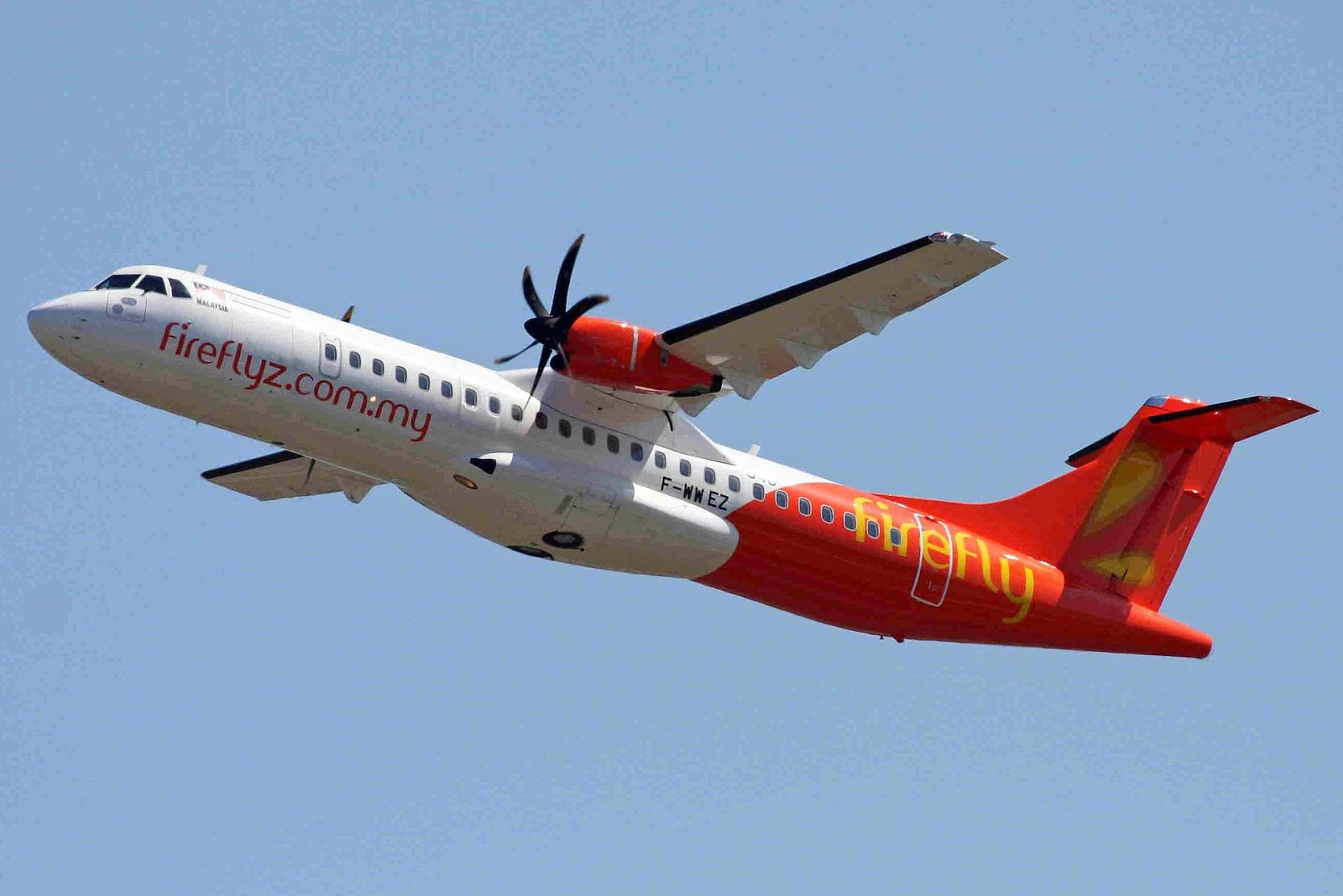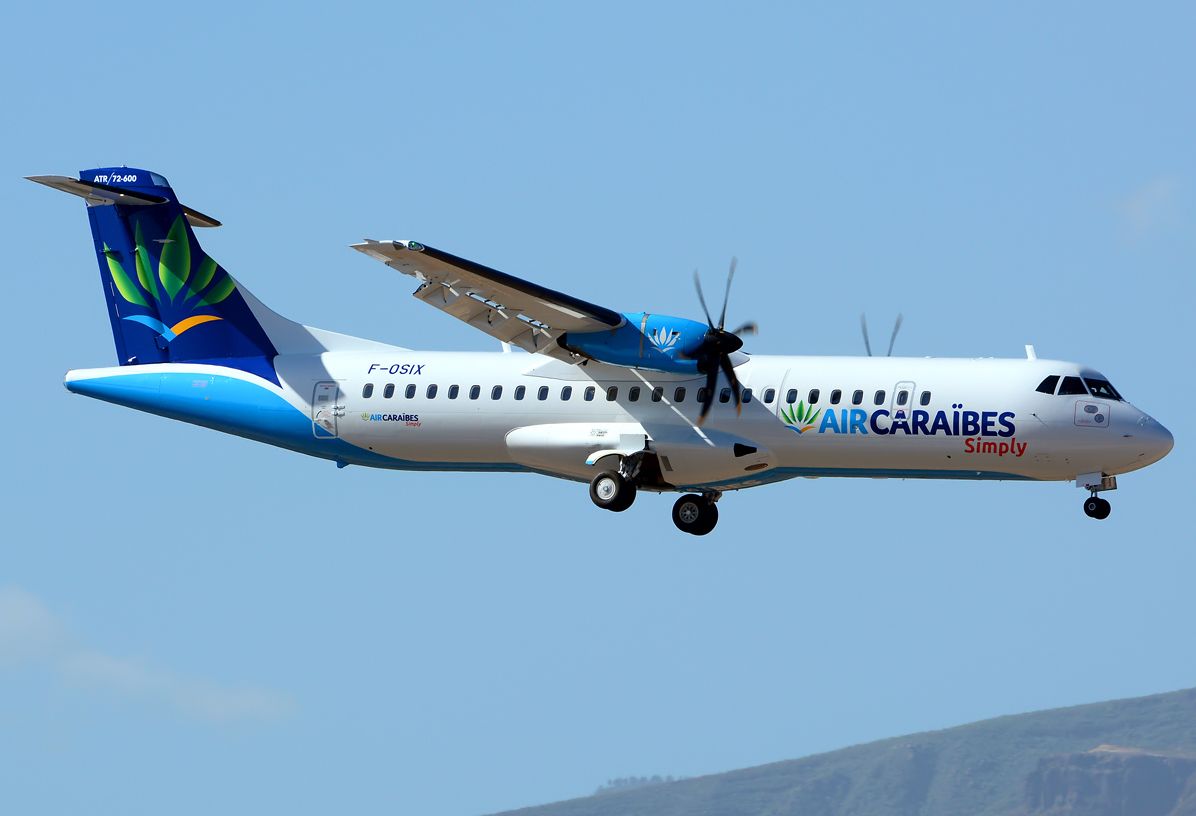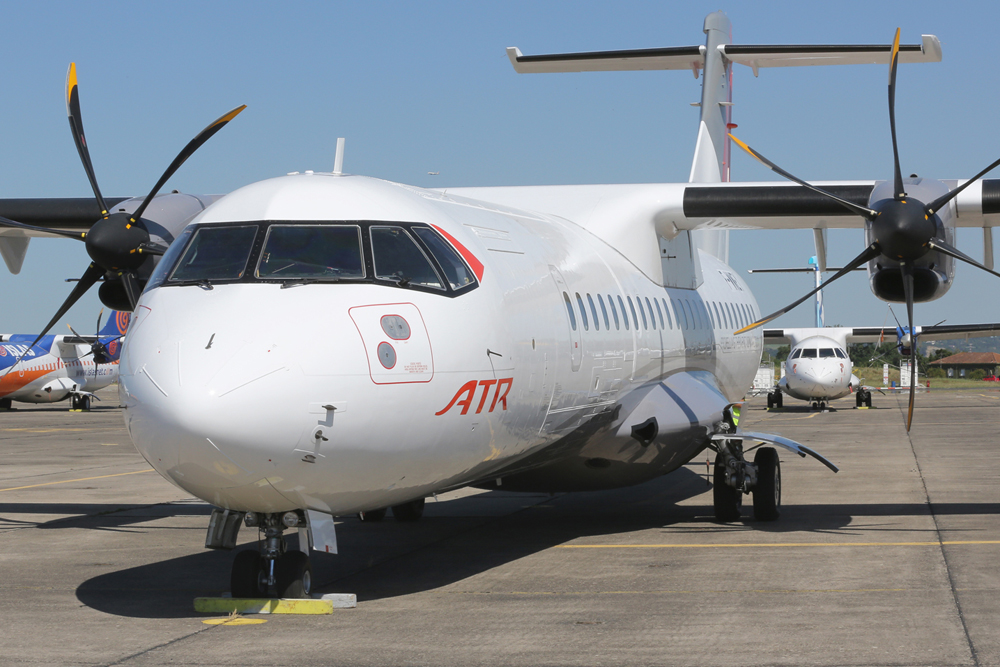Utilizing methanol fuel cells to power turbo prop aircrafts can double the range at lower noise
Electrified (methanolized) future of aviation
In 2018, a US Department of Energy report from Grigorii Soloveichik suggested that commercial-- propeller air transports-- modified to use fuel cells, batteries, and sustainable fuels like renewable methanol, could reduce propeller airplane energy usage by 40 to 60%, emissions by 90%, and aircraft noise by 65%.
The DOE report determined that utilizing fuel cells and batteries to power the propellers of an ATR 72 could substantially increase the range of a modified aircraft if it used methanol, biodiesel, ethanol, dimethyl ether, or ammonia. Utilizing renewable methanol could give a modified ATR 72 a range of 1800 miles (2900 kilometres), instead of 949 mi (1528 km)!
However, the utilization of carbon-neutral renewable methanol in electric commuter aircraft could accommodate the regional transportation needs for the other 246 million residents of the United States. In California, commuter aircraft using renewable methanol could operate out of smaller airports throughout California, transporting commuters, for instance from Oakland Airport to Hollywood Burbank (Bob Hope) Airport in less than 90 minutes and to Lake Tahoe Airport in less than a half-hour.
Read more about the aviation potential of renewable, fossil-free methanol here.



